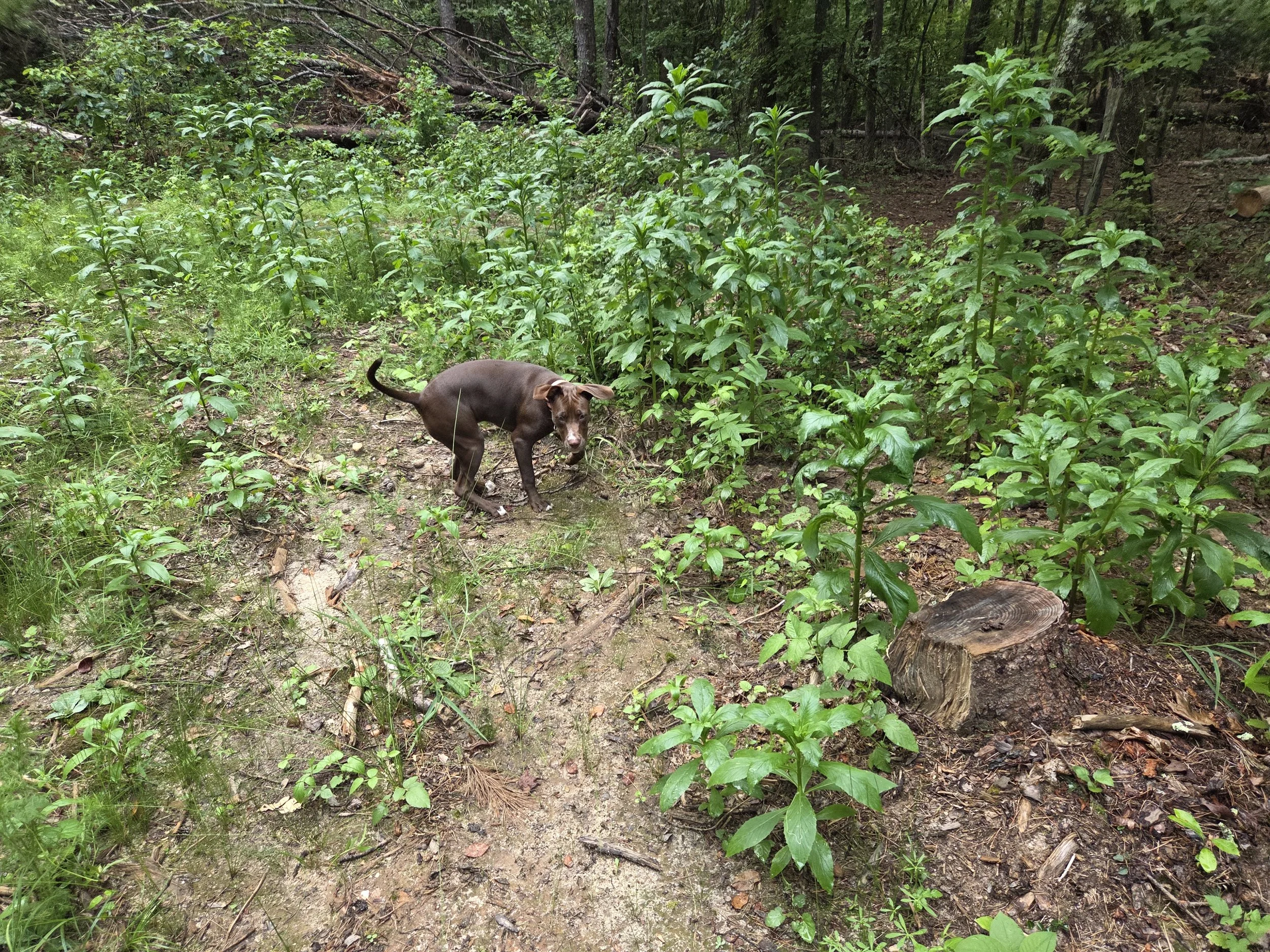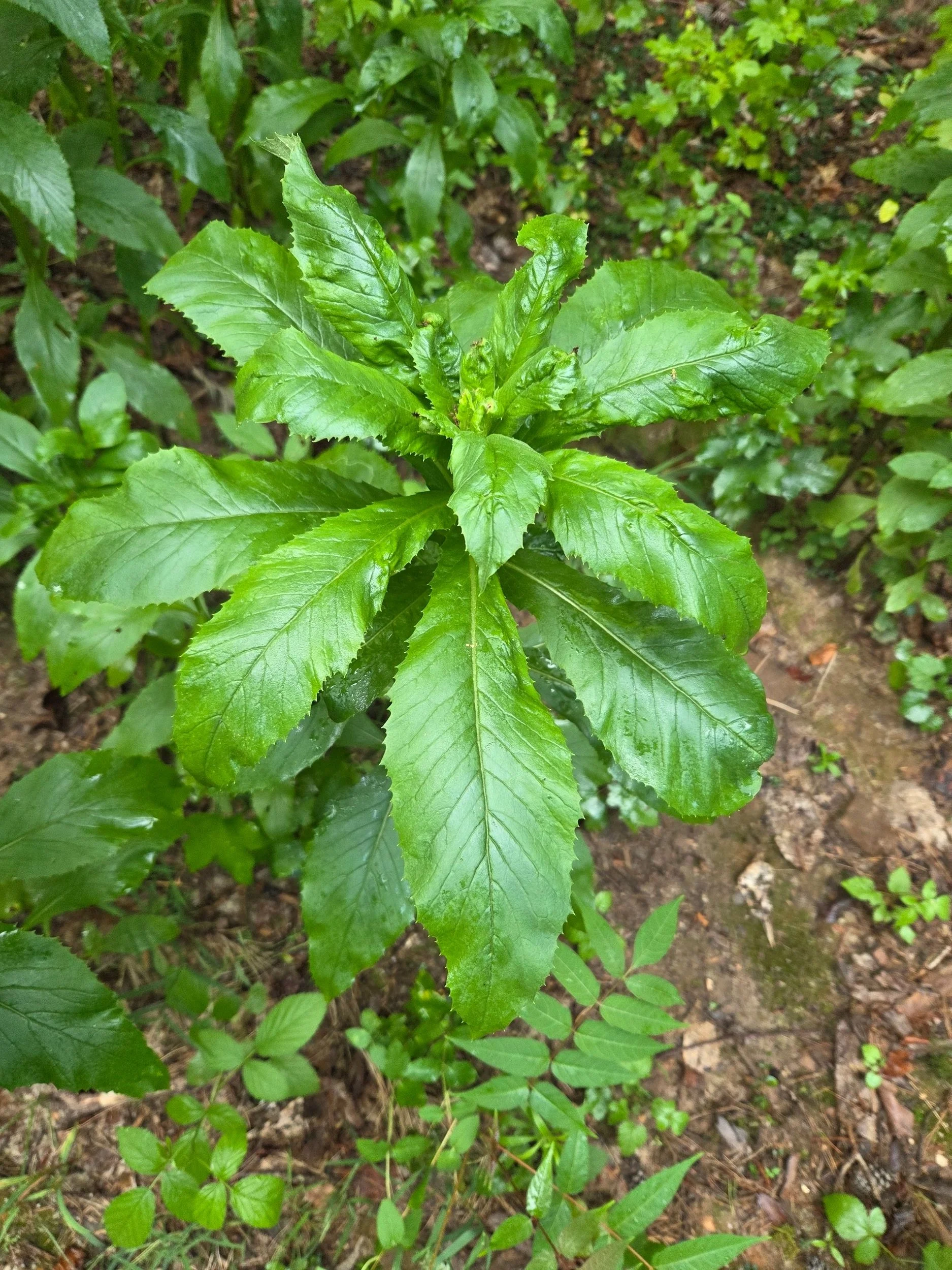I have received a number of requests to identify a weed that seems to have appeared overnight in almost everyone’s garden. In reality, these have been present but they grow so rapidly that they are now capturing attention. Take a look at the accompanying photo. This is American Burnweed. Burnweed is an early succession plant, which means it is one of the first to move into areas where soils have been disturbed, either through cultivation, wildfires, flooding, or nature-caused chaos.
Burnweed is native to the US, but it is found across the world in most temperate climates. Genetically, it is in the Asteraceae family. Its correct Latin name is Erechtites hieraciifolius, which I can neither pronounce or spell without help.
The leaves of Burnweed are edible, cooked or raw, but not tasty. It poses no danger to pets and can be fed to rabbits or livestock. In the past, Burnweed has been used medicinally for treatment of conditions ranging from digestive upset to skin conditions to hemorrhoids. Long ago, it was processed to produce a blue dye for cloth. Pollinators enjoy nectar from the flowers. Burnweed also absorbs nitrogen from the air and deposits it in the soil, effectively acting as an air cleanser and natural fertilizer. While all these traits sound positive (with apologies to the Natives Only crowd), Burnweed has high potential for invasiveness. It reseeds like mad. Its yellow daisy-like flowers produce seeds with silk tails, similar to dandelion or thistle. The silken tails float on air, enabling the seeds to travel long distances where they fall to the ground and sprout into new plants. Burnweed grows so aggressively that it can choke out other plants by stealing their sun and water.
It is an entirely personal decision whether you choose to remove Burnweed from your garden, keep just a few plants, or grow a forest. They are shallow rooted, and easy to pull up, even when they have gained size. They can grow up to ten feet tall but are narrow in width. Burnweed is an annual, dying with the first hard freeze. If you feel the need to restrain them, you can hand-pull plants now or wait for spring to remove small seedlings.




